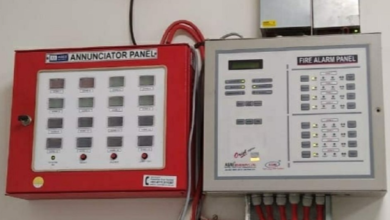
Every collector and investor has to determine a coin’s condition. A standardized coin grading scale exists to help in estimating the coin’s quality that influences value significantly.
This scale, ranging from Poor to Mint State, gives a specific set of parameters within which the wear and features of a coin are appraised. Within this article, we will define what comprises each of these different grades so that you know exactly what you are buying or selling.
Whether a neophyte in the field of numismatics or an advanced collector, a time will come when any collector needs to learn how to “coin grades”.
Understanding the Coin Grades Scale
Below are some of the key categories in coin grading.
a. Poor to Fair
These represent the lowest grades of the scale. A coin graded as “Poor,” P-1, is considered to be very heavily worn and possibly identifiable only by major features. Coins rated “Fair,” FR-2, have a bit more detail than the grade of Poor but still lack many recognizable features. Indeed, these particular coins bear very little value compared to others because of the extreme wear that they have been subjected to.
See also: Benqi Quiz Answers Cointips.info: Decoding the Crypto Enigma
b. Good-G 4 to Very Good-VG 8
The coins which are of grade “Good” are G-4, showing more detail than Poor or Fair, but will still be heavily worn. Major design elements may be visible; however, finer details are worn flat. “Very Good” coins, VG-8, retain more detail, although wear is still very apparent. The coin’s design is more visible, and lettering might still be legible.
c. Fine-F-12 to Very Fine-VF-20
Coins in “Fine” (F-12) condition demonstrate moderate wear, but details are much sharper. Major features are distinct but still worn, although overall sharpness is evident. “Very Fine” (VF-20) coins have moderate wear with much of the detail, including some finer elements, still intact.
d. Extremely Fine (EF-40) to About Uncirculated (AU-50)
Coins in the “Extremely Fine” EF-40 grade have very light wear on the highest points of the design. All of the original detail is present, though a minimal amount may be flattened. Coins graded “About Uncirculated” AU-50 have very slight wear—with much luster remaining. These coins are practically mint and, thus, hold better value than lower-graded coins.
e. Mint State – MS-60 to MS-70
Coins that have been graded as “MS” are uncirculated and free of wear. For the next brief description, a “Mint State” coin retains its original mint luster and details. The range within this “Mint State” category runs from MS-60 to MS-70, the latter being flawless. An MS-70 coin is in perfect condition, showing no trace of wear, marks, or imperfections under magnification.
Coin Grades and Their Effects on Value
Grading can significantly affect the value of coins. A higher-grade coin, in simple terms, especially in Mint State, fetches value more than its lower-grade counterparts because their conditions are new and very rare. As the demand of the collectors rises, a correct estimation of a coin’s grade becomes essential for both buyers and sellers.
Conclusion
The coin grading scale is basic to the study of numismatics. Each grade, from Poor to Mint State, will tell you something about the condition and value of a coin. Knowing the scale will give you the confidence to handle the world of coins—whether buying, selling, or just enjoying your hobby.




